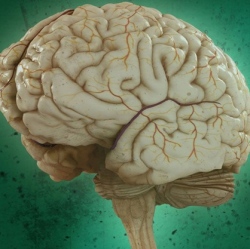
A study of human intelligence by University of Warwick and associates at nine universities in China and NEC Laboratories America has quantified the brain’s dynamic functions, identifying how different parts of the brain interact with each other at different times, reported in the journal Brain.
The more variable a brain is, and the more its different parts frequently connect with each other, the higher a person’s intelligence and creativity are, the researchers found .
Specifically, using resting-state MRI analysis of 1180 people’s brains in eight datasets around the world, the researchers discovered that the areas of the brain associated with learning and development, such as the hippocampus, show high levels of temporal variability, meaning that they change their neural connections with other parts of the brain more frequently, over a matter of minutes or seconds. But regions of the brain that aren’t associated with intelligence, visual, auditory, and sensory-motor areas, show small variability and adaptability.
This more accurate understanding of human intelligence could be applied to the construction of advanced artificial neural networks for computers, with the ability to learn, grow and adapt, the researchers suggest. Currently, AI systems do not process the functional variability and adaptability that is vital to the human brain for growth and learning, they note.
This study may also have implications for a deeper understanding of another largely misunderstood field: mental health. Altered patterns of variability were observed in the brain’s default network with schizophrenia, autism, and attention deficit hyperactivity disorder (ADHD) patients.
Knowing the root cause of mental-health defects may bring scientists closer to treating and preventing these conditions in the future, according to the researchers.
